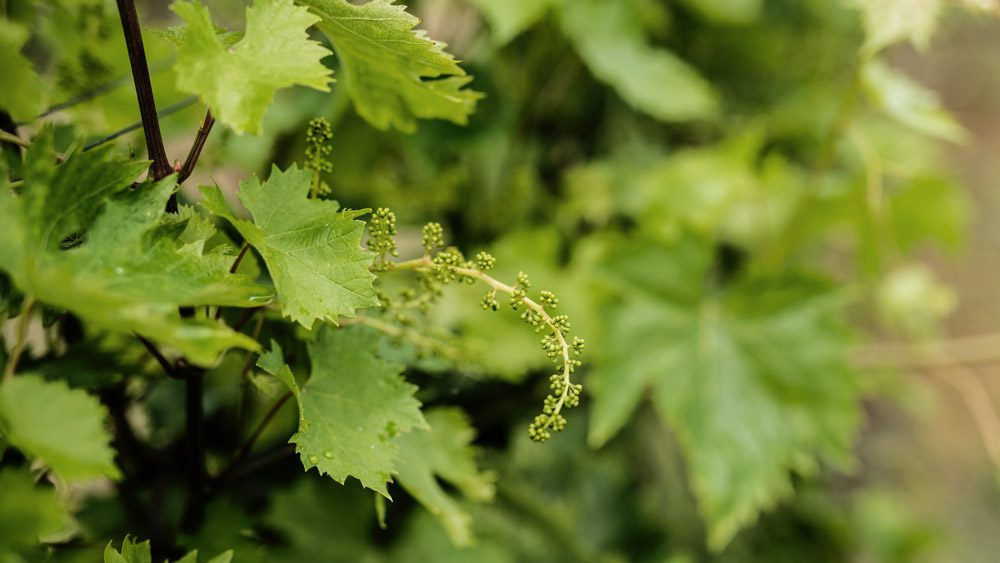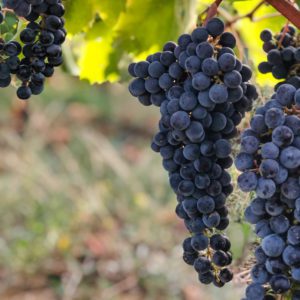territory
where dreams
come true
Ozzano Taro’s hills have always been our land.
Here we were born and here we have been living our adventures as kids first and as winemakers then. This is why we have opted for organic farming: to become the keepers of our hills. The wine we produce are the way we show the biodiversity which characterizes the hills of Ozzano Taro: 100 hectares of
Ozzano Taro’s hills have always been our land.
Here we were born and here we have been living our adventures as kids first and as winemakers then. This is why we have opted for organic farming: to become the keepers of our hills. The wine we produce are the way we show the biodiversity dei Colli di Ozzano Taro: 100 ettari di boschi, zone calanchive, prati, laghi, rii d’acqua e vigneti.
È proprio dai vigneti – che si estendono tra il Parco Fluviale del Taro e il Parco Naturale dei Boschi di Carrega, nelle vicinanze della Riserva Naturale di Monte Prinzera – che nascono i nostri vini, con un carattere unico e inconfondibile, piena espressione dell’unicità di questo territorio. Un’agricoltura particolarmente attenta a preservingthis incredible landscape where Barbera and Malvasia thrives.


These large green areas are a perfect ecosystem for the cultivation of vines.
Calcareous-clayey soils enhance the minerality and acidity that characterize Monte delle wines. Clay reinvigorates vines while concentrating grapes flavours, whereas limestone helps conveying elegance and finesse.
The breeze from the Cisa Pass keeps the air humid, ensuring an ideal temperature range for the proper ripening of the grapes.
NORTH WEST
Cabernet Franc
WEST
EAST
est
Malvasia, Sauvignon and Chardonnay
piano
Merlot
territory
Vines & Vineyards
From the beginning we have chosen to invest on native vines, Malvasia di Candia aromatica, Barbera and Lambrusco, which find here the perfect combination with our terroir, thus being able to offer maximum expressiveness and quality.
territory
Vines & Vineyards
From the beginning we have chosen to invest on native vines, Malvasia di Candia aromatica, Barbera and Lambrusco, which find here the perfect combination with our terroir, thus being able to offer maximum expressiveness and quality.
NORTH WEST
Cabernet Franc
WEST
EAST
est
Malvasia, Sauvignon and Chardonnay
piano
Merlot









